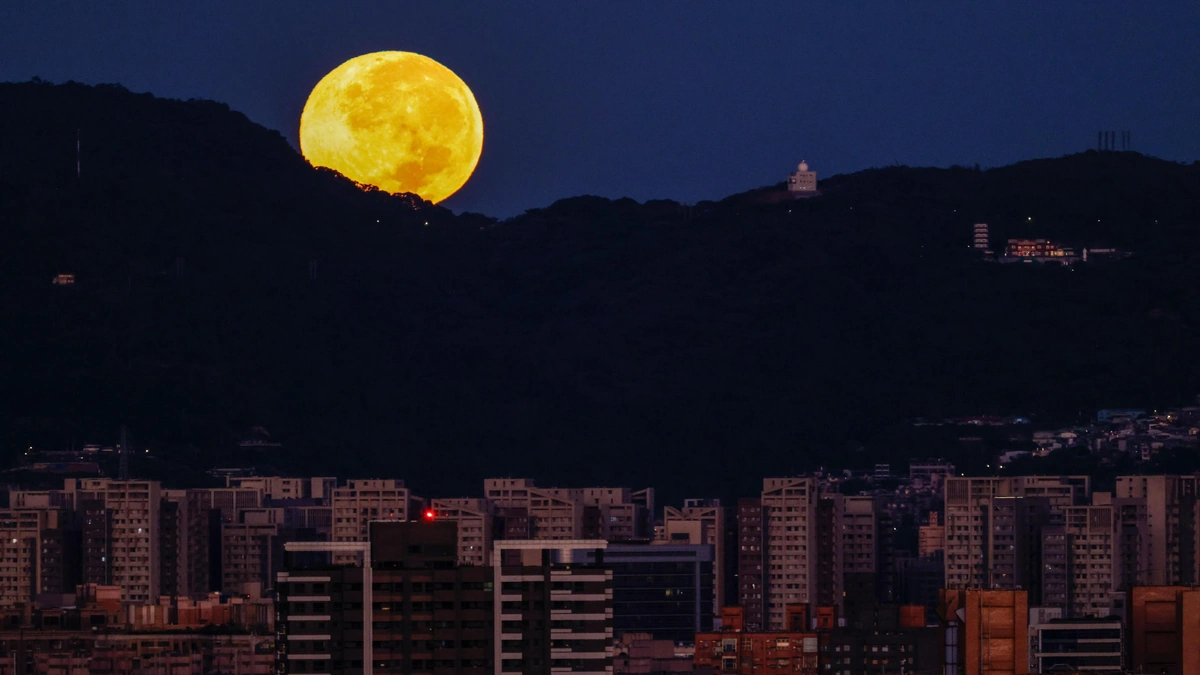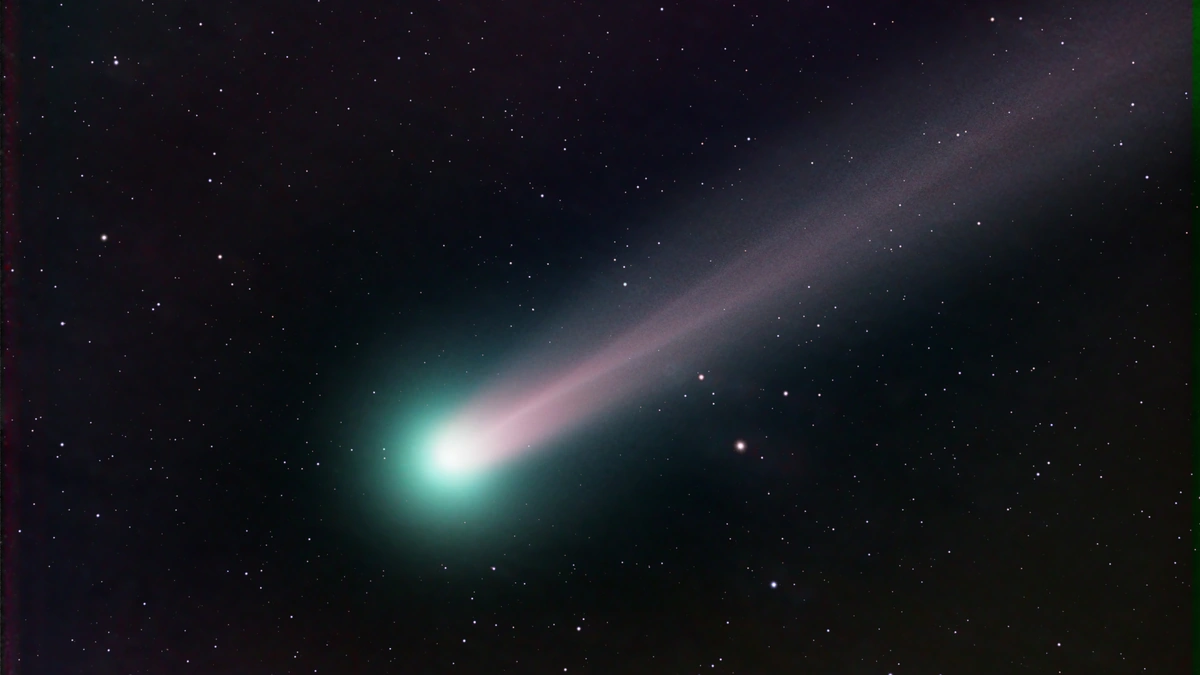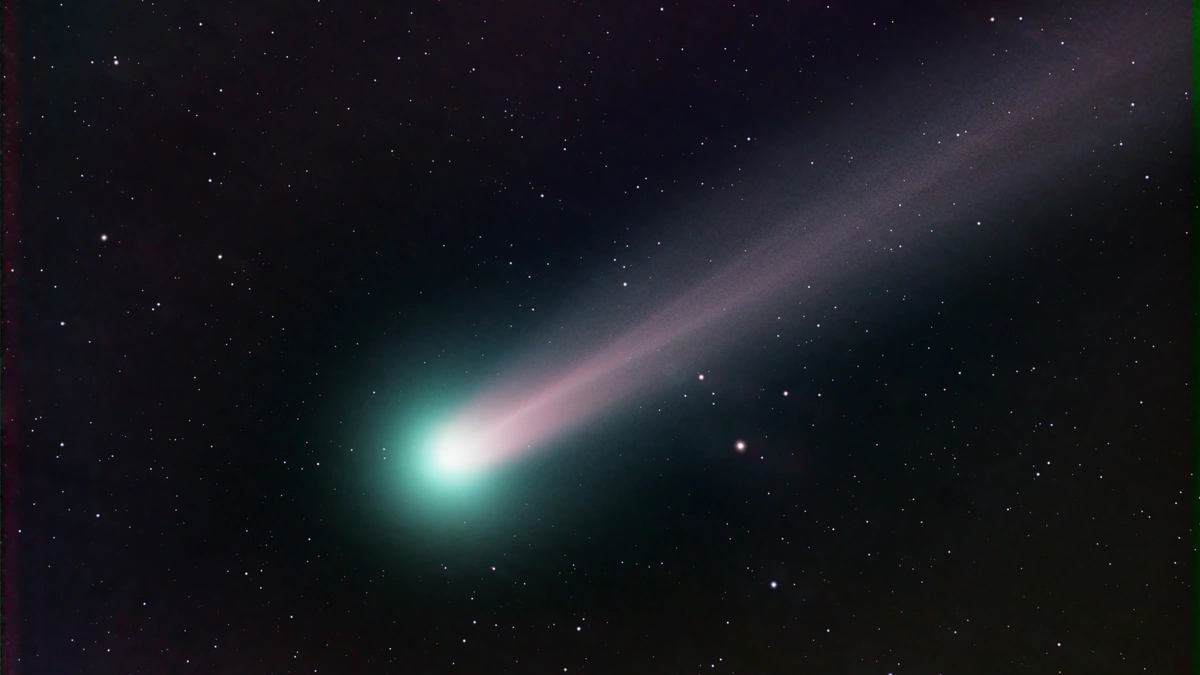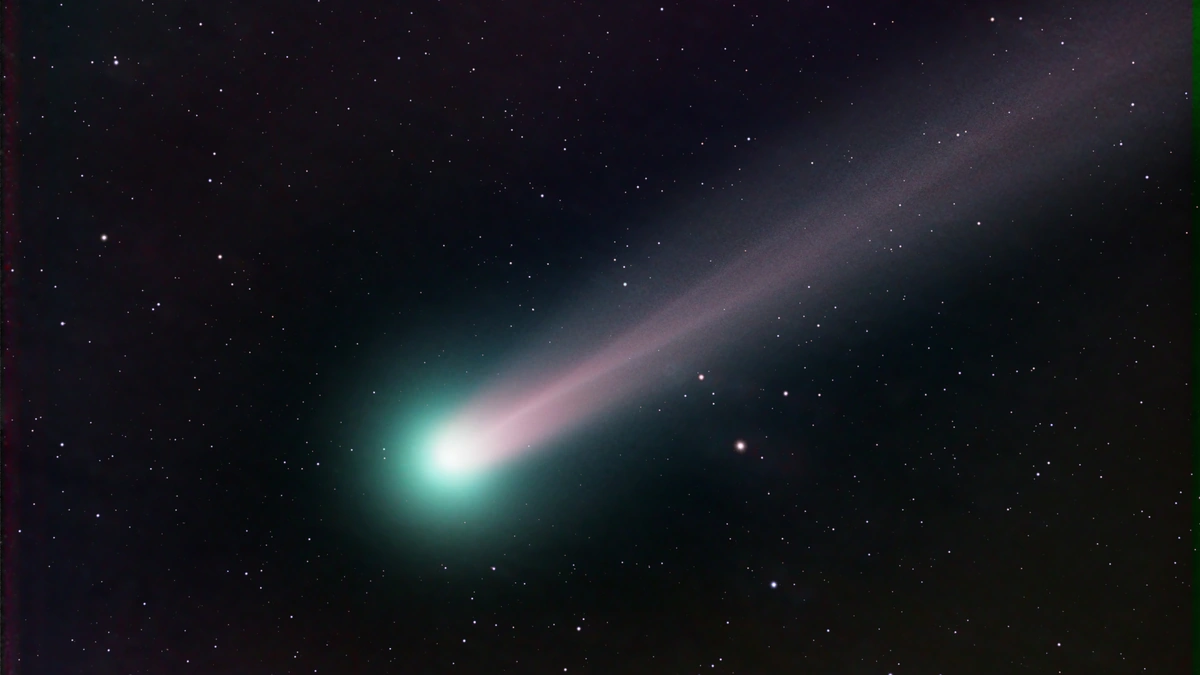Supermoon Returns | Another Chance for Stunning Photos
Okay, folks, let’s be honest. When you hear ” supermoon ,” what’s the first thing that comes to mind? Probably stunning photos plastered all over Instagram, right? But, the supermoon is so much more than just a pretty picture. This celestial event, when the full moon coincides with the moon’s closest approach to Earth in its elliptical orbit, offers a unique opportunity to understand our place in the cosmos – and snap some amazing pictures along the way.
This isn’t just about pointing your phone at the sky. It’s about understanding why this happens, how it impacts our lives (yes, really!), and how you can make the most of it. Think of me as your friendly neighborhood astronomy nerd, here to break it all down. Let’s dive into the science of supermoons and how you can capture the best photos.
Why Does the Supermoon Matter? It’s More Than Just a Pretty Face
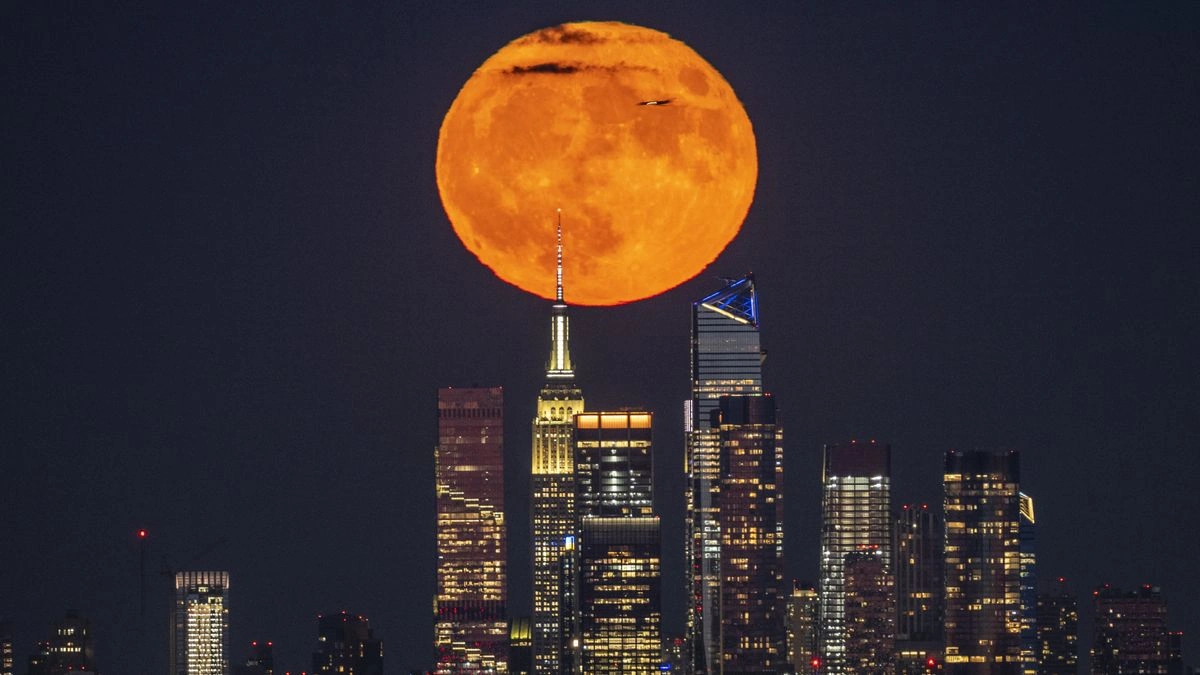
Here’s the thing: a supermoon isn’t just about the visuals. It’s a cosmic reminder of the dynamic dance between the Earth and its lunar companion. What fascinates me is how this celestial alignment subtly affects our planet. Ever heard about the stronger tides during a supermoon? That’s no coincidence. The moon’s increased proximity means its gravitational pull is stronger, leading to higher high tides and lower low tides.
But there’s more to it than just tides. Some studies even suggest a correlation between supermoons and minor seismic activity, although the evidence is still debated. The key takeaway is that the supermoon is a tangible demonstration of the gravitational forces at play in our solar system. So, the next time you marvel at a supermoon, remember you are witnessing a powerful force!
How to Capture the Perfect Supermoon Photo (Even with Your Phone!)
Alright, let’s get down to the practical stuff. You want that Instagram-worthy shot, don’t you? Here’s how to make it happen, even if you’re not a professional photographer. A common mistake I see people make is thinking they need expensive equipment. Not true! While a DSLR camera with a telephoto lens will certainly give you incredible results, you can still capture amazing supermoon pictures with your smartphone.
Here’s a quick guide:
- Location, location, location: Get away from city lights. Light pollution is the enemy. Find a dark spot with a clear view of the horizon.
- Stabilize your camera: Use a tripod or prop your phone against a stable surface. Even the slightest movement can blur your shot.
- Focus is key: Tap the screen on your phone to focus on the moon. Adjust the brightness slider to prevent overexposure.
- Experiment with composition: Don’t just zoom in on the moon. Include foreground elements like trees or buildings to add depth and context. This can create a stunning silhouette against the bright moonlight.
- Editing is your friend: Use a photo editing app to adjust the brightness, contrast, and sharpness of your image. A little tweaking can make a big difference.
Don’t be afraid to experiment and try different settings. And remember, the most important thing is to enjoy the experience.
The Emotional Connection | Why Supermoons Inspire Us
Beyond the science and the photography tips, there’s something deeply emotional about witnessing a supermoon. It’s a moment that connects us to something larger than ourselves. It reminds us of the vastness of the universe and our place within it. Think about it – for millennia, humans have looked up at the moon and been inspired by its beauty and mystery.
The supermoon is a continuation of that tradition. It’s a chance to pause, look up, and reflect on the wonders of the cosmos. In our increasingly fast-paced and digital world, these moments of connection are more important than ever. Let the supermoon be a reminderto slow down, appreciate the beauty around us, and connect with something bigger than ourselves.
Understanding the Science Behind the Supermoon Phenomenon
So, let’s get a little nerdy. The moon’s orbit around Earth isn’t a perfect circle; it’s an ellipse. This means that the distance between the Earth and the Moon varies throughout the month. The closest point in the moon’s orbit is called perigee, and the farthest point is called apogee. When a full moon occurs at or near perigee, we get a supermoon! According to NASA , a supermoon can appear up to 14% larger and 30% brighter than a full moon at apogee.
But here’s the fascinating part: these calculations aren’t exact. There is no precise definition of what qualifies as a “supermoon.” Different astronomers and organizations use slightly different criteria. This can lead to some confusion, with some full moons being labeled as supermoons while others are not. The important thing to remember is that regardless of the label, these celestial events are always a sight to behold.
Other Lunar Events to Watch Out For
While the supermoon is a crowd favorite, the lunar calendar is full of other interesting events. From lunar eclipses to meteor showers, there’s always something to see in the night sky. Consider the significance of the full moon phase and its cultural impact worldwide. Keep an eye out for these other celestial happenings:
- Lunar Eclipses: When the Earth passes between the Sun and the Moon, casting a shadow on the lunar surface.
- Meteor Showers: When the Earth passes through a stream of debris from a comet, resulting in a dazzling display of shooting stars.
- Blue Moons: The second full moon in a single calendar month.
Each of these events offers a unique opportunity to connect with the cosmos and appreciate the beauty of the night sky. So, grab a blanket, find a dark spot, and get ready to be amazed. You might also want to check out what’s trending today in the world of astronomy.
FAQ About Supermoons
What exactly is a supermoon?
A supermoon occurs when a full moon coincides with the moon’s closest approach to Earth in its orbit, making it appear slightly larger and brighter than usual.
Will I really notice a difference in size?
Honestly, unless you’re comparing it side-by-side with a regular full moon, the difference is subtle. But the increased brightness can be quite noticeable.
Are supermoons dangerous?
While they can cause slightly higher tides, supermoons are generally harmless. Any claims about increased seismic activity are largely unsubstantiated.
What’s the best time to view a supermoon?
The best time to view a supermoon is when it’s rising or setting, as the atmospheric perspective can make it appear even larger.
Do I need special equipment to see it?
Nope! Just your eyes. Although binoculars or a telescope can enhance the viewing experience.
Will there be more supermoons this year?
Yes, supermoons are relatively common. Check a lunar calendar to find out when the next ones are expected.
In conclusion, the supermoon is more than just an astronomical event; it’s an opportunity for connection – to the cosmos, to nature, and to ourselves. It’s a chance to slow down, look up, and appreciate the beauty that surrounds us. So, grab your camera, find a dark spot, and get ready to witness the magic of the supermoon. Let this inspire you to learn more about lunar photography and celestial events! The universe is waiting to be explored.
